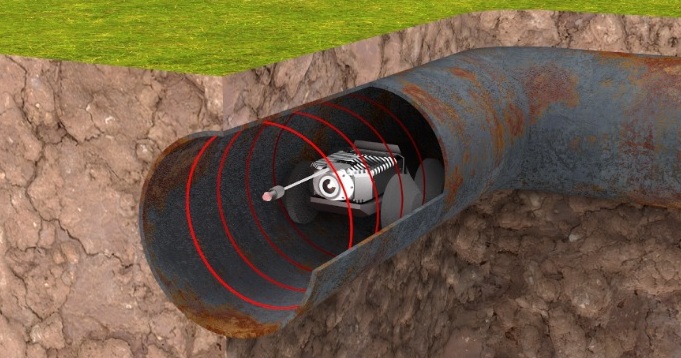Introduction
The detection and repair of leaks in natural gas pipelines is a crucial task to ensure the safety and efficiency of the energy transmission process. Traditional methods of pipeline inspection and repair can be time-consuming, costly, and often require shutting down the pipeline, which can lead to significant losses. To address this challenge, researchers at Carnegie Mellon University’s Robotics Institute have developed a robot that can crawl inside natural gas pipelines to map them, detect leaks, and repair them when necessary.
The Pipe Repair Robot
The research project, sponsored by the U.S. Department of Energy (DOE) through the Advanced Research Projects Agency-Energy (ARPA-E) and its Rapid Encapsulation of Pipelines Avoiding Intensive Replacement (REPAIR) program, is nearing completion. The robot is designed to be modular, allowing it to be easily modified for different pipeline applications. The robot is equipped with sensors and cameras that allow it to navigate through the pipeline and detect any cracks or leaks.
How it Works
Once a leak is detected, the robot applies a resin coating from inside the pipeline to seal the crack. This process is flexible and can be applied to pipes of any material. The robot’s ability to detect and repair leaks in real-time makes it an efficient and cost-effective solution for pipeline maintenance.

Conclusion
The Carnegie Mellon University Robotics Institute’s pipe repair robot has the potential to revolutionize the way natural gas pipelines are maintained and repaired. With its ability to detect and repair leaks in real-time, the robot can significantly reduce the costs and downtime associated with traditional pipeline maintenance methods. As the project nears completion, it is expected to have a major impact on the energy industry.
Frequently Asked Questions
Q1: How does the robot detect leaks?
The robot uses sensors and cameras to detect leaks in the pipeline. The sensors are designed to detect changes in the pipeline’s internal pressure and temperature, which can indicate the presence of a leak.
Q2: What materials can the robot repair?
The robot can repair pipes made of any material, including steel, concrete, and plastic.
Q3: How long does the repair process take?
The repair process is typically completed within a few hours, depending on the size and complexity of the leak.
Q4: Is the robot operator-dependent?
No, the robot is designed to operate independently, with minimal human intervention. However, it can be controlled remotely by an operator if needed.
Q5: What are the benefits of using the pipe repair robot?
The benefits of using the pipe repair robot include reduced costs, reduced downtime, and increased safety. The robot can also detect and repair leaks more quickly and efficiently than traditional methods, which can help to prevent pipeline failures and reduce the risk of environmental damage.





